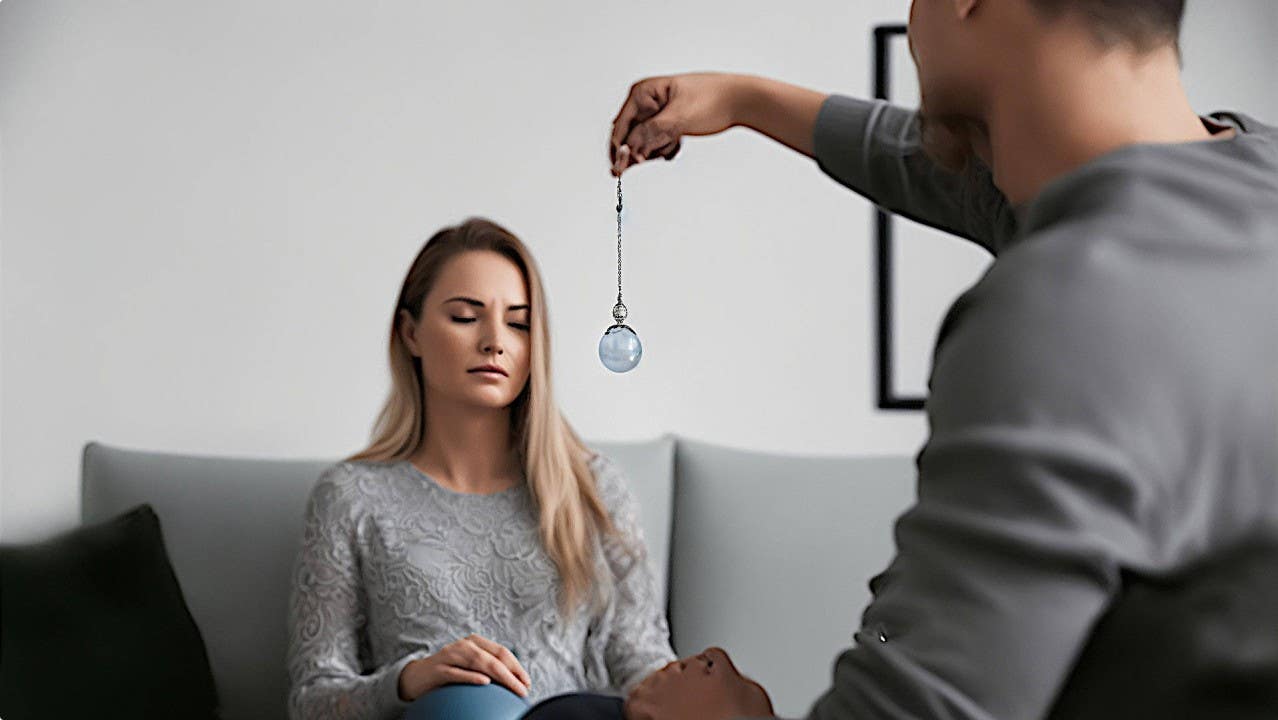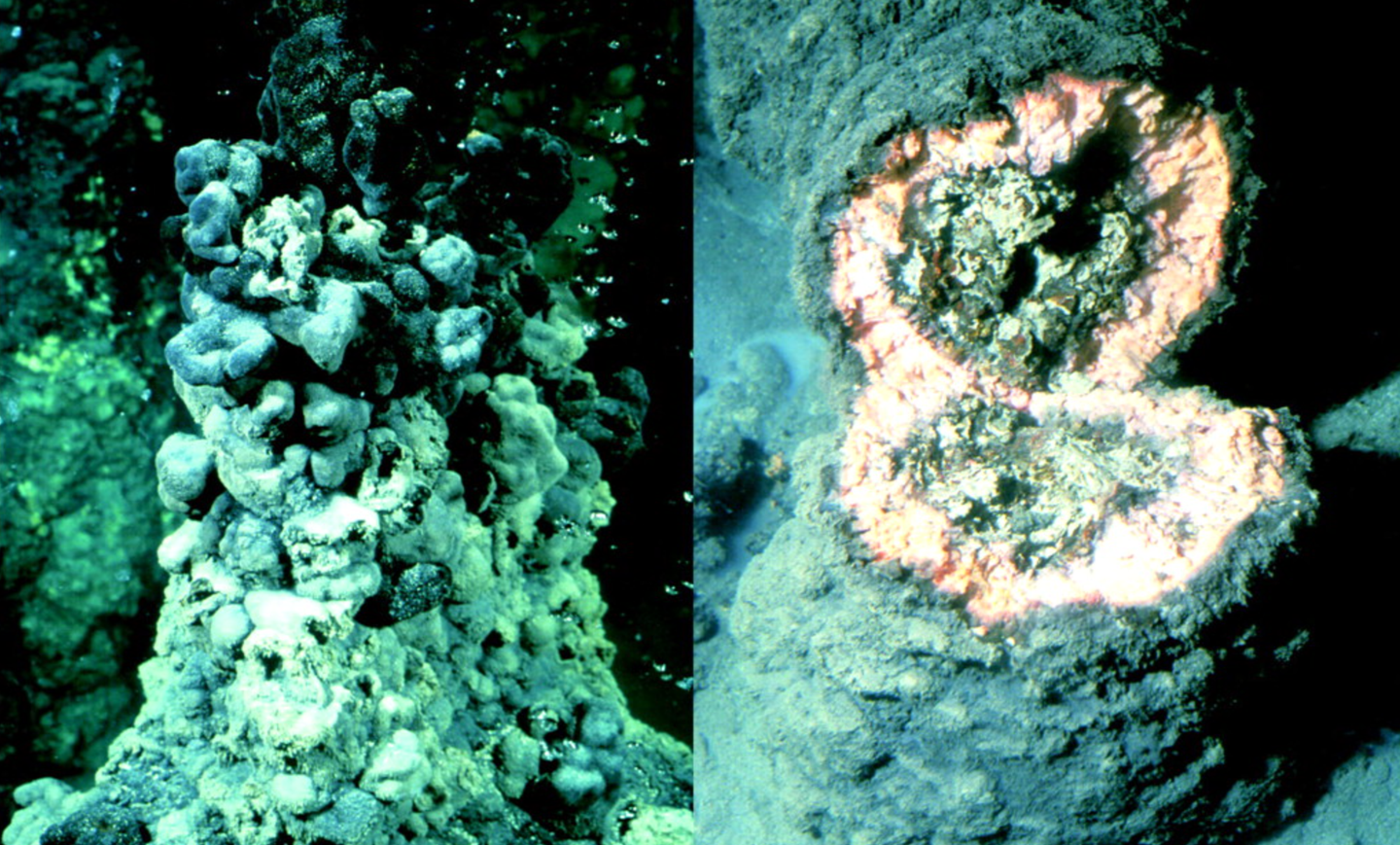Cutting-edge treatment makes people more hypnotizable
Hypnosis, a state of highly focused attention, has long been recognized as an effective therapeutic tool for various conditions.

[Jan. 13, 2024: JD Shavit, The Brighter Side of News]
Hypnosis, a state of highly focused attention, has long been recognized as an effective therapeutic tool for various conditions. (CREDIT: Creative Commons)
Hypnosis, a state of highly focused attention, has long been recognized as an effective therapeutic tool for various conditions, particularly in managing pain. However, not everyone is equally responsive to hypnotherapy.
Now, groundbreaking research from Stanford Medicine suggests that it might be possible to temporarily enhance hypnotizability through a brief electrical brain stimulation, potentially opening the door for more individuals to benefit from this alternative therapy.
In a groundbreaking study set to be published in Nature Mental Health, Stanford Medicine researchers unveiled a novel approach to increase hypnotizability. They found that less than two minutes of targeted electrical stimulation of a specific brain region could elevate a person's susceptibility to hypnosis for about an hour.
"Hypnosis is a state of highly focused attention, and higher hypnotizability improves the odds of your doing better with techniques using hypnosis," explains Dr. David Spiegel, a professor of psychiatry and behavioral sciences and a senior author of the study. Dr. Spiegel, with his extensive background in studying hypnotherapy, has long championed its use in helping patients manage pain, reduce stress, and quit smoking, among other benefits.
Related Stories
The study enrolled 80 participants with fibromyalgia, a chronic pain condition that can be treated with hypnotherapy. To ensure that the participants were not already highly hypnotizable, the researchers excluded those who fit that criteria. Half of the participants underwent a procedure called transcranial magnetic stimulation, which delivers electrical pulses to the brain through paddles applied to the scalp.
These pulses were targeted at the left dorsolateral prefrontal cortex, a brain region associated with information processing and decision-making. Notably, the precise location of stimulation was tailored to each participant's unique brain structure and activity.
Dr. Nolan Williams, an associate professor of psychiatry and behavioral sciences and co-author of the study, emphasized the innovative aspect of the trial, saying, "A novel aspect of this trial is that we used the person’s own brain networks, based on brain imaging, to target the right spot."
fALFF activity in the dACC. Group (high vs. low hypnotizable) by condition (rest/memory vs. hypnosis in random order) differences in dACC activity. Images are displayed in radiologic convention: the left side of the image corresponds to the right side of the brain. (CREDIT: PubMed)
The remaining participants received a sham treatment that mimicked the appearance and sensation of the real procedure but lacked electrical stimulation. Clinicians evaluated the participants' hypnotizability before and after the treatments, with neither the patients nor the clinicians knowing which group received which intervention.
The results were striking: those who received neurostimulation exhibited a statistically significant increase in hypnotizability, scoring approximately one point higher, while the sham treatment group showed no change. However, it's important to note that the effect was temporary, fading away one hour after the stimulation.
Group (high vs. low) by condition (hypnosis vs. rest/memory in random order) differences in functional connectivity during hypnosis between left and right DLPFC and ipsilateral insular cortex and contralateral supramarginal gyrus. Seeds displayed in red. (CREDIT: PubMed)
Dr. Williams expressed his surprise and satisfaction with the results, stating, "We were pleasantly surprised that we were able to, with 92 seconds of stimulation, change a stable brain trait that people have been trying to change for 100 years. We finally cracked the code on how to do it."
The researchers are now planning further investigations to determine whether different dosages of neurostimulation could produce even more pronounced enhancements in hypnotizability.
This groundbreaking discovery holds significant clinical implications. A temporary increase in hypnotizability may provide an alternative to long-term opioid use for individuals suffering from chronic pain. Dr. Spiegel intends to follow up with the study participants to evaluate their progress with hypnotherapy.
Moreover, the findings might extend beyond hypnotherapy. Dr. Afik Faerman, the lead author of the study, believes that neurostimulation could potentially influence other stable traits or enhance individuals' responses to various forms of psychotherapy.
"As a clinical psychologist, my personal vision is that, in the future, patients come in, they go into a quick, non-invasive brain stimulation session, then they go in to see their psychologist," Dr. Faerman explains, "Their benefit from treatment could be much higher."
By temporarily boosting hypnotizability through brain stimulation, more individuals may have access to the numerous benefits of hypnosis-based therapy, potentially transforming the landscape of healthcare and psychotherapy in the process.
Note: Materials provided above by The Brighter Side of News. Content may be edited for style and length.
Like these kind of feel good stories? Get the Brighter Side of News' newsletter.



